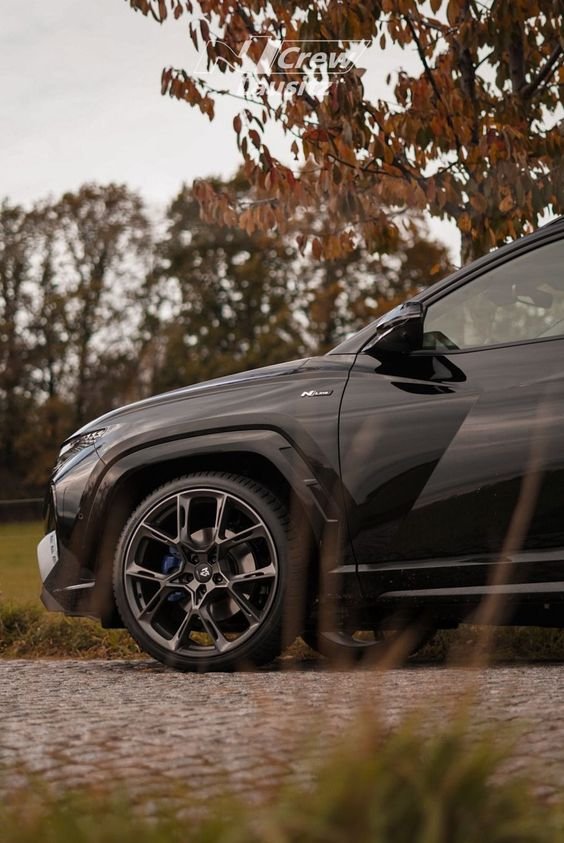
Choosing the right car insurance plan is crucial for protecting yourself, your vehicle, and your finances. However, with so many options available, comparing car insurance plans can be overwhelming. This guide will help you understand the key factors to consider when comparing car insurance plans, so you can make an informed decision that best meets your needs.
1. Understand the Types of Car Insurance Coverage
Before comparing car insurance plans, it’s essential to understand the different types of coverage available. Most car insurance policies include the following types of coverage:
a) Liability Coverage
- Bodily Injury Liability: Covers medical expenses, lost wages, and legal fees if you are at fault in an accident that injures another person.
- Property Damage Liability: Pays for repairs or replacement if you are responsible for damage to someone else’s property, such as their car or a fence.
b) Collision Coverage
- Collision Coverage: Pays for damages to your vehicle caused by a collision with another car or object, regardless of who is at fault.
c) Comprehensive Coverage
- Comprehensive Coverage: Covers damages to your vehicle from non-collision incidents, such as theft, vandalism, fire, natural disasters, or falling objects.
d) Personal Injury Protection (PIP)
- Personal Injury Protection (PIP): Pays for medical expenses, lost wages, and other costs for you and your passengers, regardless of who is at fault in an accident. PIP is required in some states.
e) Uninsured/Underinsured Motorist Coverage
- Uninsured Motorist Coverage: Covers medical expenses and damages if you are involved in an accident with an uninsured driver.
- Underinsured Motorist Coverage: Covers costs if the at-fault driver does not have enough insurance to pay for your damages.
f) Additional Coverage Options
- Gap Insurance: Pays the difference between the car’s value and the amount owed on a loan or lease if the car is totaled.
- Roadside Assistance: Provides services like towing, battery jump-starts, tire changes, and lockout assistance.
- Rental Reimbursement: Covers the cost of a rental car while your vehicle is being repaired after an accident.
2. Determine Your Coverage Needs
Once you understand the different types of coverage, determine which ones are necessary for your situation. Consider the following factors:
- State Requirements: Each state has minimum car insurance requirements. Make sure you know what coverage types and limits are mandated in your state.
- Vehicle Value: The value of your car affects the types of coverage you need. For newer or more expensive vehicles, comprehensive and collision coverage may be necessary. For older cars, you might consider dropping these coverages to save money.
- Personal Circumstances: Consider factors such as your financial situation, driving habits, and risk tolerance. If you have significant assets, you might want higher liability limits to protect against lawsuits.
- Budget: Determine how much you can afford to pay for car insurance. Balancing premium costs with adequate coverage is essential for finding the right plan.
3. Gather Quotes from Multiple Insurers
To compare car insurance plans effectively, you need to gather quotes from multiple insurance providers. Here’s how to do it:
a) Use Online Comparison Tools
- Comparison Websites: Websites like NerdWallet, The Zebra, or Gabi allow you to compare quotes from multiple insurers by entering your information once. These tools can save you time and provide a quick overview of available options.
b) Visit Insurer Websites
- Direct Quotes: Visit individual insurance company websites to get quotes directly. This approach allows you to see all the coverage options and discounts offered by each insurer.
c) Contact Insurance Agents
- Independent Agents: Consider reaching out to independent insurance agents who work with multiple companies. They can provide you with several quotes and help explain the differences between plans.
- Captive Agents: Captive agents represent a single insurance company. They can provide detailed information about their specific plans, but you’ll need to contact multiple agents to compare different insurers.
4. Compare Coverage Options and Limits
When comparing car insurance plans, it’s essential to look beyond the price. Make sure you compare similar coverage types and limits. Here’s how:
a) Ensure Comparable Coverage Levels
- Match Coverage Types: Ensure that the plans you compare include the same types of coverage (liability, collision, comprehensive, etc.).
- Check Coverage Limits: Look at the coverage limits for each policy. For example, a policy with $100,000 bodily injury liability coverage is not directly comparable to one with $50,000. Adjust for equal limits to compare accurately.
b) Consider Deductibles
- Understand Deductibles: A deductible is the amount you pay out of pocket before the insurance company pays for a claim. Higher deductibles usually mean lower premiums, and vice versa.
- Compare Deductible Levels: Make sure you are comparing policies with the same deductible levels for collision and comprehensive coverage.
c) Review Exclusions and Limitations
- Read the Fine Print: Look for exclusions (situations not covered by the policy) and limitations (conditions that may affect coverage). For example, some policies may not cover certain types of damage or have restrictions on who can drive the vehicle.
5. Evaluate the Cost of Insurance
The cost of car insurance includes several components. Here’s how to evaluate them:
a) Compare Premiums
- Understand Premiums: The premium is the amount you pay for your insurance policy, usually monthly, semi-annually, or annually.
- Look at the Total Cost: Compare the total annual cost of each plan, not just the monthly premiums. Some insurers offer discounts for paying in full upfront.
b) Assess Discounts
- Identify Available Discounts: Most insurance companies offer various discounts, such as:
- Good Driver Discounts: For those with a clean driving record.
- Multi-Policy Discounts: For bundling auto insurance with other types of insurance (like home or renter’s insurance).
- Safety Features Discounts: For vehicles equipped with safety features like anti-lock brakes, airbags, and anti-theft devices.
- Good Student Discounts: For young drivers with good grades.
- Low Mileage Discounts: For drivers who drive fewer miles than average annually.
- Apply Discounts: When comparing quotes, ensure that all eligible discounts are applied to each plan. This will help you accurately compare the true cost of each option.
c) Check Payment Options and Fees
- Payment Flexibility: Some insurers offer flexible payment options, such as monthly, quarterly, or annual payments.
- Look for Fees: Check for any additional fees, such as installment fees for monthly payments or fees for policy changes.
6. Review Insurer Reputation and Customer Service
The reputation and customer service of an insurance company are crucial factors when choosing a plan. Here’s how to evaluate them:
a) Check Financial Strength Ratings
- Review Financial Stability: Look at financial strength ratings from agencies like A.M. Best, Moody’s, or Standard & Poor’s. These ratings indicate the insurer’s ability to pay claims.
- Choose a Reliable Insurer: Opt for a company with a strong financial rating to ensure they can meet their obligations in the event of a claim.
b) Research Customer Reviews and Complaints
- Read Customer Reviews: Check online reviews from current or past customers to gauge their experiences with the insurer. Look for patterns in the feedback, such as complaints about claims handling or customer service.
- Review Complaint Records: Visit the National Association of Insurance Commissioners (NAIC) website to see if there are any complaints filed against the insurance company. The NAIC provides a complaint ratio that compares the number of complaints to the size of the company.
c) Evaluate Customer Service
- Contact the Insurer: Call or email the insurer to ask questions about their policies. Pay attention to how quickly they respond and how helpful they are.
- Check Availability: Look for insurers that offer multiple customer service channels (phone, email, chat, or in-person) and have convenient service hours.
7. Consider Additional Features and Benefits
Some car insurance plans come with additional features or benefits that may add value. Here’s what to consider:
a) Roadside Assistance
- Roadside Assistance Coverage: Some insurers offer 24/7 roadside assistance for towing, tire changes, lockout services, and jump-starts. Check if this is included in the policy or available as an add-on.
b) Rental Car Reimbursement
- Rental Car Coverage: Rental car reimbursement covers the cost of renting a car while your vehicle is being repaired after an accident. Consider if this coverage is important for you and whether it’s included or available.
c) Accident Forgiveness
- Accident Forgiveness: Some insurers offer accident forgiveness, which means your premium won’t increase after your first at-fault accident. This can be a valuable benefit if you’re concerned about rate hikes after an accident.
8. Choose the Best Car Insurance Plan
After comparing coverage options, costs, insurer reputation, and additional features, you’re ready to choose the best car insurance plan for your needs. Here are the final steps:
- Review Your Options: Narrow down your choices to two or three plans that offer the best balance of coverage, cost, and customer service.
- Ask Questions: Contact the insurers to ask any remaining questions and clarify details about the coverage, discounts, or terms.
- Make Your Decision: Choose the plan that provides the most value and peace of mind for your situation.
Conclusion
Comparing car insurance plans requires careful consideration of coverage types, costs, insurer reputation, and additional features. By understanding your needs and using the steps outlined in this guide, you can make an informed decision and select the best car insurance plan that offers adequate protection at a reasonable price. Remember, the cheapest policy isn’t always the best; focus on finding a plan that provides the right balance of coverage, cost, and customer satisfaction.








